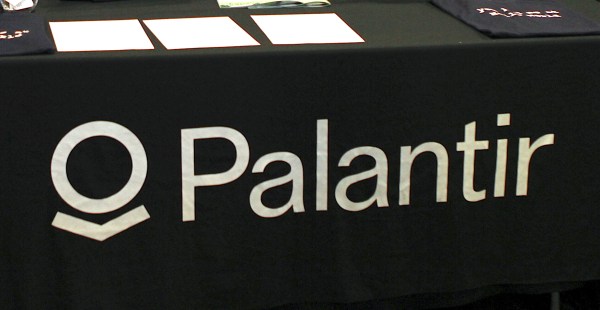Transportation Department offers glimpse of FITARA’s impact


Transportation CIO Richard McKinney pictured at an ACT-IAC event last October. (FedScoop)
CAMBRIDGE, Md. — The initial failure of the federal government’s Healthcare.gov portal, and the federal IT reform law it helped catalyze, is paying dividends for IT, budget and acquisition officials at the Department of Transportation, according to department executives.
Those dividends are taking the form of more rigorous IT investment reviews, improved budget and spending disciplines, and more advanced acquisition planning, the executives said during a government and industry technology forum Monday, held by ACT-IAC.
The improvements reflect the trickle down effect of the Federal Information Technology Acquisition Reform Act, enacted in December 2014, according to the executives, as it put in place stronger authorities and mandates to hold agencies officials more accountable for technology investments.
Transportation Department Chief Information Officer Richard McKinney — who co-chaired the forum — has been one of the leading supporters of FITARA.
“I think I became such a proponent of FITARA because I knew how badly I needed it to be successful,” he said, recalling the challenge he had obtaining a full picture of the department’s IT investment portfolio when he arrived at the Transportation Department three years ago.
The ability to gauge the investment value of the department’s various IT projects wasn’t much easier for the Transportation Department’s director for budget and program performance, Laura Ziff.
Before FITARA and McKinney’s support for it, Ziff recalled it was difficult for her office to determine which of the IT projects rolled into the department’s $3 billon-a-year IT budget were actually good investments.
Part of the challenge stemmed from the different cultures, language and expectations that typically exist between financial and IT staffs. But another factor was a lack of transparency of how IT investments were actually being spent, McKinney said. That also created additional challenges for the department’s acquisition team and the need to do advanced planning.
McKinney set out to change that by pulling together IT leaders from across the department’s components, which span programs supporting aviation, railroads and highways, and insisting that once budgets had been allocated, each IT leader had 60 days to deliver a detailed spending plan, or he wouldn’t approve their purchases.
He and senior procurement executive Willie Smith also described joint efforts to raise awareness about FITARA and why acquisition and IT teams benefitted from providing greater transparency behind IT investments. That, and stronger governance efforts, have helped reduce “requirements creep” and streamlined strategic sourcing, Smith said.
McKinney subsequently issued a joint memorandum from his office and the offices of the budget and acquisition directors on what needed to be done to meet FITARA’s mandates, he said.
Former Department of Homeland Security Richard Spires, now CEO of Learning Tree, offered some additional views on what a more mature agency governance structures looks like to support better IT investments:
For chief information, finance, acquisition and human capital officers, it includes:
- Integrating decision-making across functions (CXO lanes) used to drive consensus-based governance decisions.
- Collaborating on the enforcement of agencywide policy to establish and report on planned expenditures for all transactions that include IT resources.
- Meeting with program teams regularly to review acquisition status and issues in accordance with each member’s defined role.
- Having CIO and CHCO work in partnership to develop and use workforce planning processes, tools, competencies models to effectively plan and execute hiring, retention, promotion, and training activities.
- Integrating program teams so that all appropriate stakeholders — including mission or business organization CIO, CAO, CHCO, CISO, CAO — have representatives.






